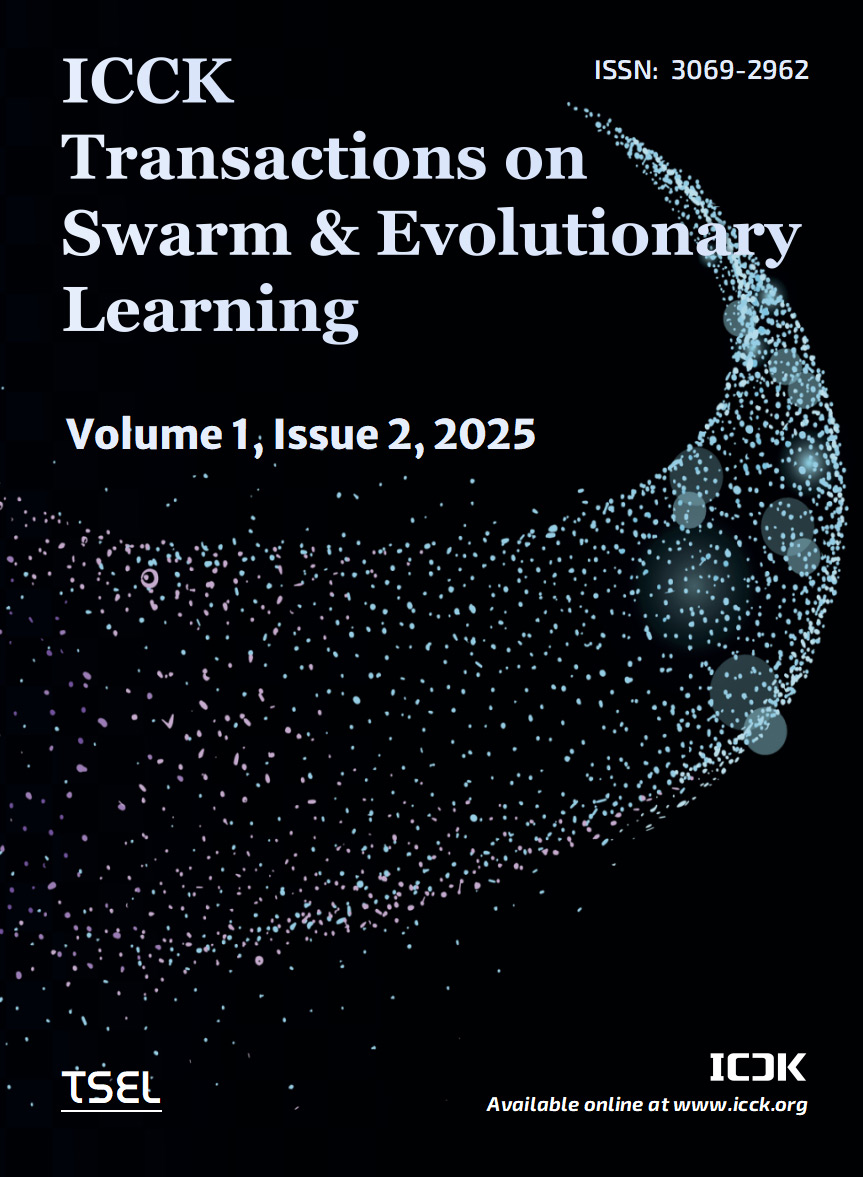Abstract
This study investigates the sentiment polarity (positive, negative, neutral) and specific emotions (joy, sadness, anger, surprise, trust, anticipation, disgust, and fear) expressed by Generation Z in digital platform comments regarding seven female duets with famous male singer. A dataset of 500 digital comments (250 from YouTube, 125 from Twitter, 125 from Instagram) was collected. The sample was then refined to include comments from 100 individuals (50 men, 50 women) affiliated with a private university in Mexico City, ensuring gender balance. Sentiment polarity was classified using a Bidirectional Encoder Representations from Transformers (BERT) model, with its hyperparameters (learning rate, epochs, batch size) optimized via a Particle Swarm Optimization (PSO) metaheuristic, leading to a 4% accuracy improvement over default settings. Emotion detection was performed concurrently using the NRC Emotion Lexicon, a lexical database mapping terms to eight emotional categories. Results indicate a clear correlation between musical tone and expressed sentiment: melancholic duets elicited predominantly negative sentiments, whereas more energetic collaborations generated a higher proportion of positive comments and the emotion 'joy.' Furthermore, significant differences using $\chi^2$ ($p < 0.01$) were observed in the distribution of 'anger' and 'sadness' between intimate and collaborative duets. These findings offer valuable insights into how Generation Z, segmented by gender, emotionally interprets this singer's musical productions. This research has significant implications for developing targeted music marketing strategies and content production for digitally native audiences.
Keywords
generation Z
sentiment analysis
emotion analysis
BERT (Bidirectional Encoder Representations from Transformers)
PSO Metaheuristics (Particle Swarm Optimization)
NRC Emotion Lexicon
Data Availability Statement
List of source songs:
1. Zero (https://www.youtube.com/watch?v=1pVbRBuP7tI)
2. Dafne (https://www.youtube.com/watch?v=ZkQW1mF0eBM)
3. Al voluntario (https://www.youtube.com/watch?v=YxgJ6lqjVxI)
4. - es + (Menos es Más) (https://www.youtube.com/watch?v=U9lRqmFJvZw)
5. Codependientes (https://www.youtube.com/watch?v=K4bV6qgk2zs)
6. Te soñé (https://www.youtube.com/watch?v=7sG_JXcJp8Q)
7. Rómpase el Vidrio en Caso de Emergencia (https://www.youtube.com/watch?v=3I4yQNfX2h8)
Funding
This work was supported without any funding.
Conflicts of Interest
The authors declare no conflicts of interest.
Ethical Approval and Consent to Participate
Not applicable.
Cite This Article
APA Style
Contreras-Masse, R., Ochoa-Zezzatti, A., Castellanos, H. G., & Contreras-Moheno, R. (2025). Optimized Sentiment Analysis with PSO-BERT for Generation Z’s Emotional Response to Popular Songs. ICCK Transactions on Swarm and Evolutionary Learning, 1(2), 32–49. https://doi.org/10.62762/TSEL.2025.125300
Publisher's Note
ICCK stays neutral with regard to jurisdictional claims in published maps and institutional affiliations.
Rights and Permissions
Institute of Central Computation and Knowledge (ICCK) or its licensor (e.g. a society or other partner) holds exclusive rights to this article under a publishing agreement with the author(s) or other rightsholder(s); author self-archiving of the accepted manuscript version of this article is solely governed by the terms of such publishing agreement and applicable law.


 Submit Manuscript
Edit a Special Issue
Submit Manuscript
Edit a Special Issue

